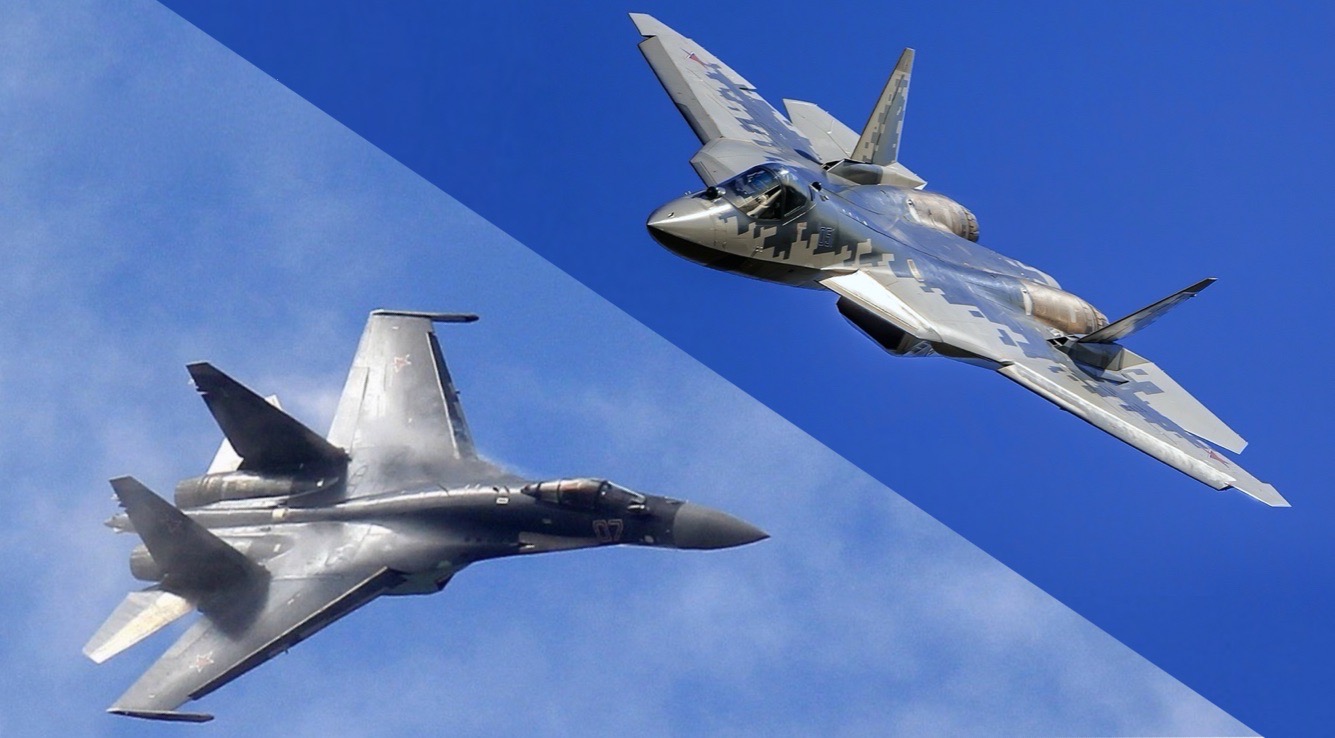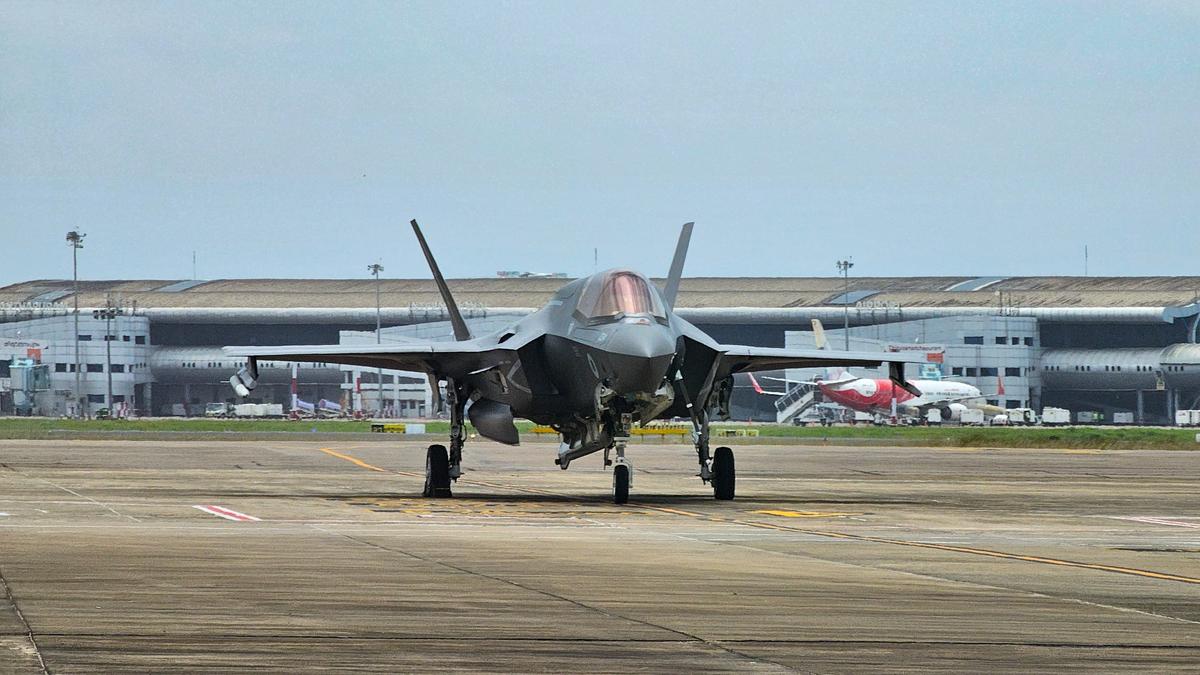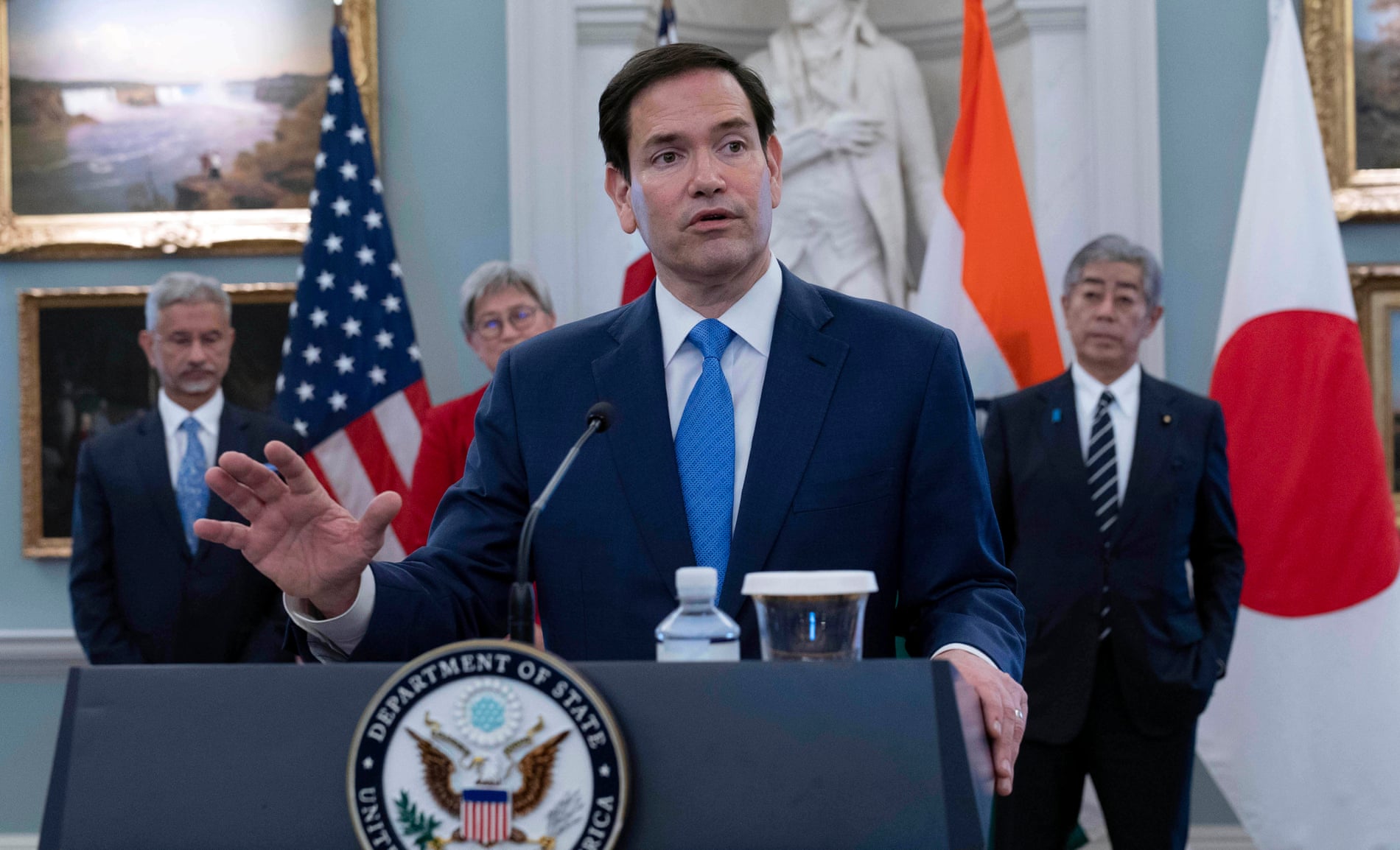SOURCE: RAUNAK KUNDE / NEWS BEAT / IDRW.ORG


In a high-stakes race to power India’s Advanced Medium Combat Aircraft (AMCA), both France’s Safran and the UK’s Rolls-Royce have sweetened their proposals by offering to incorporate Variable Cycle Engine (VCE) technology into a 110–130 kN thrust engine, co-developed with India’s Gas Turbine Research Establishment (GTRE). Responding to the Defence Research and Development Organisation’s (DRDO) demand for cutting-edge technology to future-proof the engine for both 5.5-generation and 6th-generation platforms, the two aerospace giants have also committed to 100% Transfer of Technology (ToT) and Intellectual Property Rights (IPR) ownership for India, ensuring no restrictions on exports or modifications, according to sources close to idrw.org.
The AMCA, India’s flagship 5.5-generation stealth fighter project, is a cornerstone of the nation’s defense modernization, aiming for a first flight by 2029–30 and induction by 2035. The engine, a critical component, requires advanced capabilities like supercruise, stealth optimization, and adaptability for next-generation systems such as AI-driven swarm drones and directed-energy weapons. The inclusion of VCE technology—a hallmark of 6th-generation engines—marks a significant leap, enabling the engine to dynamically adjust its bypass ratio for optimal fuel efficiency, thrust, and thermal management across diverse flight regimes. This ensures the AMCA remains competitive against regional adversaries like China’s J-20 and future 6th-generation platforms.
Continue readingSOURCE: RAUNAK KUNDE / NEWS BEAT / IDRW.ORG


In a strategic bid to deepen its defense partnership with India and address the Indian Air Force’s (IAF) critical squadron shortfall, Russia has offered a dual proposal involving the Sukhoi Su-57E fifth-generation stealth fighter and the Su-35M 4.5-generation air superiority fighter. The offer, presented by Russia’s state-run Rostec and Sukhoi at Aero India 2025, includes full Transfer of Technology (ToT) for local manufacturing of the Su-57E at Hindustan Aeronautics Limited’s (HAL) Nashik facility, where over 220 Su-30MKI jets have been produced, and direct supply of Su-35M jets under the IAF’s Multi-Role Fighter Aircraft (MRFA) tender for 114 jets. The proposal also extends advanced Saturn AL-41F1S and Izdeliye 177S engines for both platforms and upgrades to the IAF’s Su-30MKI fleet, according to sources close to idrw.org.
The Su-57E, the export variant of Russia’s premier stealth fighter, is being pitched with full source code access and 40–60% localization at HAL’s Nashik plant, enabling integration of indigenous systems like the Astra BVR missile, Rudram anti-radiation missile, and Virupaksha AESA radar. This aligns with India’s “Make in India” and Aatmanirbhar Bharat initiatives, offering a pathway to produce a fifth-generation fighter domestically while supporting the Advanced Medium Combat Aircraft (AMCA) program with technology transfers in engines, stealth systems, and avionics. Rostec has proposed delivering 20–30 Su-57E jets off-the-shelf to address immediate IAF needs, with localized production to follow within 3–4 years, potentially delivering 60–70 jets by the early 2030s.
Continue readingSOURCE: RAUNAK KUNDE / NEWS BEAT / IDRW.ORG


Kalyani Strategic Systems Limited (KSSL), a subsidiary of Bharat Forge under the Kalyani Group, has expressed interest in developing a 155mm/52-caliber tracked self-propelled howitzer (SPH) based on the indigenously developed Advanced Towed Artillery Gun System (ATAGS). This move follows the company’s successful development of a truck-mounted 155mm/52-caliber gun system, the Multi-terrain Artillery Gun (MArG), and signals its ambition to expand its artillery portfolio for both the Indian Army and the global export market.
The ATAGS, a 155mm/52-caliber towed howitzer, is a flagship project of the Defence Research and Development Organisation (DRDO), developed in collaboration with KSSL and Tata Advanced Systems Limited (TASL). Known for its world-class range of 48 km, advanced automation, and high rate of fire, the ATAGS has already secured a ?7,000 crore (US$830 million) contract for 307 units to equip 15 Indian Army artillery regiments, with KSSL manufacturing 60% of the order. The system’s advanced features, including a fully digital control system, auto-loading mechanism, and compatibility with NavIC-guided smart ammunition, make it an ideal foundation for a tracked SPH variant.
Continue readingSOURCE: AFI


In a surprising revelation, Air Commodore (Retd) Khalid Chishti, a decorated former Pakistan Air Force (PAF) fighter pilot, has claimed on The Ali.TM Podcast that a Chinese-supplied HQ-9B surface-to-air missile (SAM) system was responsible for downing an Indian Air Force (IAF) jet during the intense air clashes of May 2025.
This statement contradicts earlier assertions by Pakistan’s Directorate General of Inter-Services Public Relations (DGISPR) and Defence Minister Khawaja Muhammad Asif, who credited all alleged IAF jet losses to the PAF’s Chinese-made J-10CE fighters equipped with PL-15E missiles. Chishti’s claim has reignited debates over the efficacy of Pakistan’s air defense systems and the veracity of official narratives surrounding the recent India-Pakistan conflict.
Continue readingSOURCE: AFI

The Combat Vehicles Research and Development Establishment (CVRDE), a premier laboratory under India’s Defence Research and Development Organisation (DRDO), has launched an ambitious project to develop an indigenous turbocharger for the 1500hp “DATRAN” engine. This initiative marks a significant step toward self-reliance in critical defense technologies, aligning with India’s Aatmanirbhar Bharat (Self-Reliant India) vision.
The DATRAN engine, a high-performance 1500hp powerplant, is designed to meet the demanding requirements of modern armored vehicles, including main battle tanks and other heavy combat platforms. The engine’s advanced capabilities necessitate a robust and efficient turbocharger to enhance power output, fuel efficiency, and operational reliability in challenging battlefield conditions.
Continue readingSOURCE: AFI


The United Kingdom has decided to carry out on-site maintenance and repair of its state-of-the-art F-35B Lightning II fighter jet, which has been grounded at Thiruvananthapuram International Airport in Kerala for over two weeks following a technical issue. However, in a move consistent with the sensitive nature of the fifth-generation stealth aircraft, the UK government has opted to keep all details related to the repair and maintenance process strictly confidential.
Sources close to the UK government have confirmed that no information will be released regarding the technical issues, repair procedures, or the scope of discussions held with Indian authorities. The confidentiality underscores the high level of secrecy typically surrounding advanced military platforms such as the F-35B, which is operated by the UK Royal Air Force and Royal Navy.
Continue readingSOURCE: AFI


In a bid to strengthen national security and enhance self-reliance in defense manufacturing, India’s Ministry of Defence is set to intensify scrutiny of Chinese-origin components in military equipment and conduct a comprehensive audit of indigenous content in defense platforms. According to sources, the ministry will engage an external consultant to review procurement processes, assess supply chain vulnerabilities, and analyze the cost implications of technology transfers by the Defence Research and Development Organisation (DRDO). This move underscores India’s commitment to transparency, expedited acquisitions, and achieving strategic autonomy in defense production.
The decision to scrutinize Chinese content in military equipment comes amid growing concerns over supply chain vulnerabilities, particularly in light of geopolitical tensions with China and the global reliance on Chinese-manufactured components. From electronics to critical subsystems, Chinese-origin parts have been identified in various defense platforms worldwide, raising security risks due to potential backdoors, supply disruptions, or dependencies.
Continue readingSOURCE: PTI


Defence Minister Rajnath Singh and his American counterpart Pete Hegseth have agreed to firm up a 10-year framework to further expand defence and strategic ties between India and the US.
The decision on the defence framework was mentioned in a Pentagon statement that was released on Wednesday, a day after Rajnath Singh and US Defence Secretary Hegseth held a phone conversation. “Secretary Hegseth and Minister Singh agreed to sign the next 10-year US-India Defence Framework when they next meet this year,” it said.
Continue readingSOURCE: IANS


The US gives India priority as its “key defence partner in South Asia”, Defence Secretary Pete Hegseth has affirmed to Defence Minister Rajnath Singh, according to a Pentagon Spokesperson, Colonel Chris Devine.
“When he spoke to Rajnath Singh on Tuesday, Hegseth emphasised the priority the US places on India as its key defence partner in South Asia,” said Devine. He pointed out that both leaders reviewed the considerable progress both countries have made toward achieving the defence goals set out in the February 2025 joint statement by President Donald Trump and Prime Minister Narendra Modi and agreed to sign the next ten-year US-India Defence Framework when they meet this year.
Continue readingSOURCE: IANS

External Affairs Minister (EAM) S. Jaishankar has dismissed the notion that Pakistan impinges on the relations between the US and India, which are based on their complementarity and not on third countries. He also dismissed the claims of US President Donald Trump that he forged the ceasefire between the two neighbours after Operation Sindoor, saying the record speaks for itself.
“I would really urge you to get over the idea that we need to define ourselves regarding third countries in order to forge ahead” in ties with the US, EAM Jaishankar told a questioner who asked if there was a change in the relations because of Pakistan.
Continue readingSOURCE: AFP


The United States, Japan, India and Australia have pledged to work together to ensure a stable supply of critical minerals, as worries grow over China’s dominance in resources vital to new technologies. The four countries said in a joint statement that they were establishing the Quad Critical Minerals Initiative, aimed at “collaborating on securing and diversifying” supply chains.
They offered little detail but made clear the goal was to reduce reliance on China, which has used restrictions as leverage as the US in turn curbs its access to semiconductors and threatens steep tariffs.
Continue readingSOURCE: IANS


India has expressed concerns regarding the abduction of three Indian nationals employed at the Diamond Cement Factory in Kayes city of Mali, the Ministry of External Affairs (MEA) said in a statement on Wednesday.
The incident occurred on Tuesday when a group of armed assailants carried out a coordinated attack at the factory premises and forcibly took three Indian nationals as hostages, the Ministry said in the statement.
Continue readingSOURCE: NASA


NASA astronaut Raja Chari and Dr. V. Narayanan, chairman of ISRO (Indian Space Research Organisation), interact outside the Orion spacecraft mockup at NASA’s Johnson Space Center in Houston. Narayanan and Indian officials visited NASA Johnson and NASA’s Kennedy Space Center in Florida, ahead of the Axiom Mission 4 launch to the International Space Station.
As part of a collaboration between NASA and ISRO, Axiom Mission 4 delivers on a commitment highlighted by President Trump and Indian Prime Minister Narendra Modi to send the first ISRO astronaut to the station.
Continue readingSOURCE: PTI

A Bangladeshi smuggler was killed and a BSF jawan injured in a face-off near the India-Bangladesh boundary in West Bengal’s Nadia district when a group of traffickers attacked the border guards, officials said on Wednesday.
The incident occurred near the Halderpara border outpost under the jurisdiction of the 32 Battalion of the BSF’s South Bengal Frontier. Based on intelligence inputs about a possible gold smuggling attempt, an ambush team of BSF personnel had been deployed in the area.
Continue readingSOURCE: IANS

An encounter is underway between security forces and terrorists at Chatroo area of Kishtwar district in Jammu and Kashmir, an army official said on Wednesday. He said that based on a specific intelligence report, a joint search operation was launched in Kanzal Mandu, Kishtwar.
“Contact has been established with the terrorists, and the operation is in progress,” he said. The anti-militant operation started on the day the annual Amarnath Yatra begins after a joint team of police and security forces received an input about the presence of terrorists in that area.
Continue reading